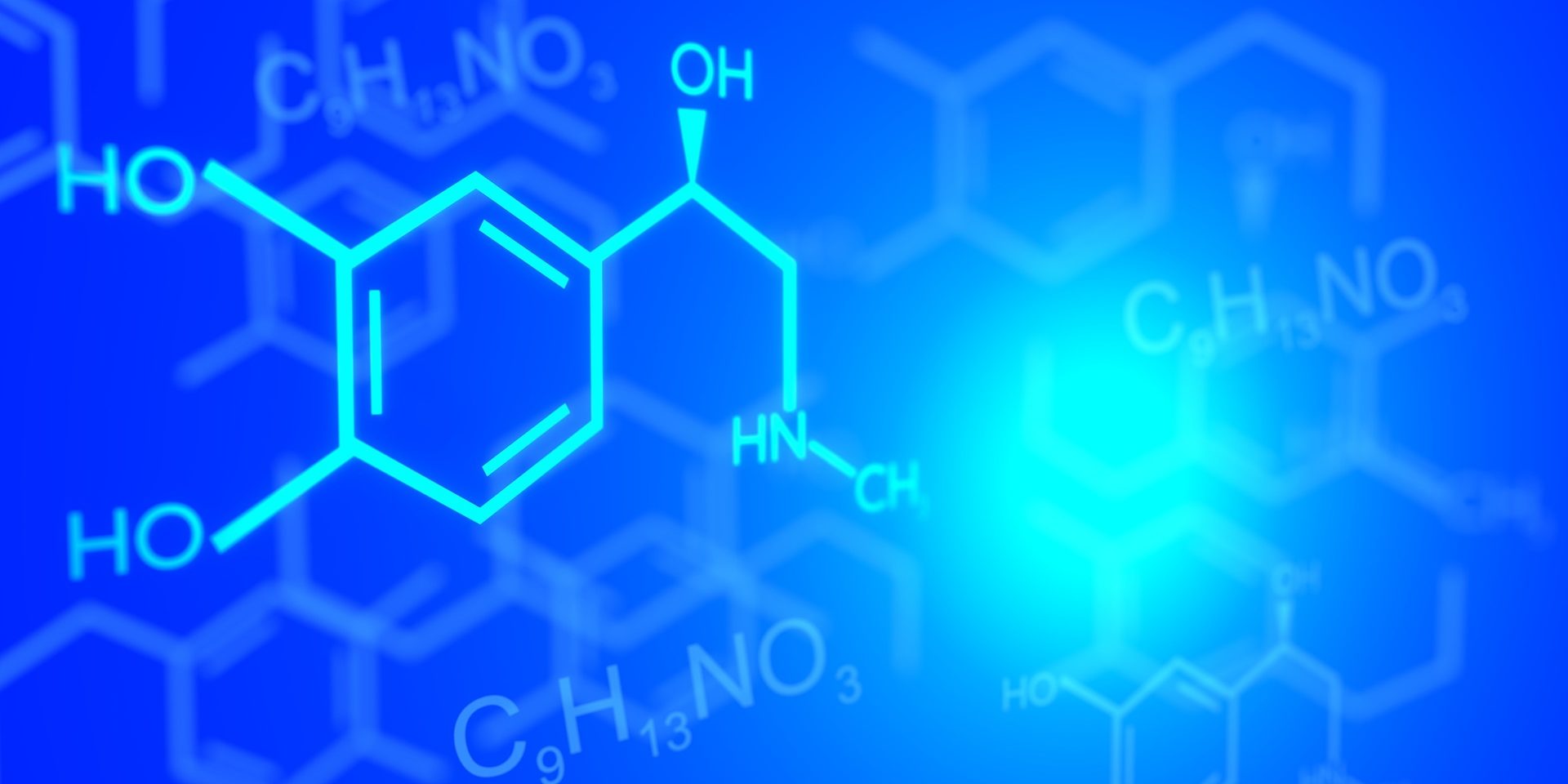THC is one of the main cannabinoids found naturally in the cannabis plant; its chemical structure was discovered in the 1960s in Israel[i]. However, since 1970, cannabis has been listed by the federal government as illegal and a schedule 1 drug, with no medicinal value and high abuse potential[ii]. Contrary to that, we do know there are in fact many beneficial pharmacologic and medicinal uses of cannabinoids,[iii] some of which are related to the treatment of pain and chemotherapy-induced nausea and vomiting (CINV). That is why the pharmaceutical industry has worked on developing legal synthetic alternatives to natural cannabis since the 1980s[iv].
Dronabinol trade name Marinol, and Nabilone trade name Cesamet, are both synthetic cannabinoids. They are not derived directly from the cannabis plant. Back in the 80s before the recent wave of states’ decriminalizing and legalizing medical cannabis, health experts and the pharmaceutical industry felt that using crude illegal plants and their extracts was too risky[v]. Now, at least on the state level, there are strict regulations on medical cannabis with respect to growing and processing procedures along with testing requirements to show quality and purity standards in the naturally extracted cannabinoids. This is all to ensure that there is no contamination with pesticides, mold, or heavy metals in these products. And while now, there are some pharmaceutical companies such as GW Pharmaceuticals that are isolating extracts from plants, back in the ‘80s there was a push to create synthetic analogs with similar pharmacologic properties.
Chemical structure differences compared to THC
In terms of the differences of their chemical structure compared to naturally occurring THC, Marinol or Dronabinol is actually a synthetic isomer of delta-9-tetrahydrocannabinol with a difference in the orientation of its hydrogen molecules in one of the benzene rings[vi]. Cesamet or Nabilone is a chemically similar synthetic compound to THC, but at the C-9 position, it has a ketone group instead of an unsaturated methyl group. And it also has a longer hydrocarbon tail by 2 carbons with 2 extra methyl groups attached to the first carbon[vii].
Chemical Structure Similarities
As far as Dronabinol, it is an isomer of THC, therefore it has the same chemical formula, C₂₁H₃₀O₂. However, due to the ketone and longer hydrocarbon tail with extra methyl groups, the chemical formula for nabilone is C24H36O3. But both of these synthetic analogs have some common components that are similar to THC such as 3 benzene rings and the hydrocarbon chain tail.
Property Similarities to THC
Like all cannabinoids, these synthetic compounds are lipophilic and have poor water-solubility[viii]. When there is poor water solubility there is potentially slow oral drug absorption and that can cause variable bioavailability, which can become a rate-limiting step to achieving therapeutic plasma concentrations and ensuing pharmacologic response[ix]. Both drugs bind to cannabinoid receptors centrally and have similar pharmacologic analgesic, appetite stimulation, and anti-emetic properties[x] [xi]. However, nabilone is more potent than THC[xii]. Both drugs have been approved for use in CINV and appetite stimulation in cancer and AIDS to combat wasting syndrome. Despite not having official FDA-approval as analgesics[xiii] [xiv], there is ongoing research on their efficacy, and they are used off label for pain syndromes.
Interestingly another difference is the legality as stated before. The federal government continues to keep cannabis as a schedule 1 drug, while the drug dronabinol is a schedule III[xv] and nabilone is a schedule II [xvi], which intuitively does not make sense to many of us clinicians and scientists in the space.
[i] Gaoni,Y., Mechoulam,R. Isolation and structure of DELTA-tetrahydrocannabinol and other neutral cannabinoids from hashish. J Am Chem Soc. 1971;93(1):217-224
[ii] Comprehensive Drug Abuse and Control Act of 1970. Pub.L.No.91-513 Stat. 84 1236-96 (1970)https://www.govinfo.gov/content/pkg/STATUTE-84/pdf/STATUTE-84-Pg1236.pdf Published October 27, 1970.
[iii] Fraguas-SanchezA., Yorres-Suarez A., Medicinal Use of Cannabinoids. Drugs. 2018; 78(16): 1665-1703.
[iv] Institute of Medicine, Development of Cannabinoid Drugs. Joy J, Watson S., Benson J., eds. Marijuana and Medicine: Assessing the Science Base. Washington DC: National Academies Press (US); Published 1999. https://www.ncbi.nlm.nih.gov/books/NBK230708/ Accessed March 27, 2020.
[v] Institute of Medicine, Development of Cannabinoid Drugs. Joy J, Watson S., Benson J., eds. Marijuana and Medicine: Assessing the Science Base. Washington DC: National Academies Press (US); Published 1999. https://www.ncbi.nlm.nih.gov/books/NBK230708/ Accessed March 27, 2020.
[vi] National Center for Biotechnology Information. PubChem Database. Dronabinol, CID=16078, https://pubchem.ncbi.nlm.nih.gov/compound/Dronabino Accessed on Mar. 28, 2020.
[vii] National Center for Biotechnology Information. PubChem Database. Nabilone, CID=5284592, https://pubchem.ncbi.nlm.nih.gov/compound/Nabilone Accessed March 28, 2020.
[viii] Wall M., Sadler B., Brine D., Taylor H., Perez-Reyes M., Metabolism, disposition, and kinetics of delta-9-tetrahydrocannabinol in men and women. Clinical Pharmacology and Therapeutics 1983; 34:352–363
[ix] Sharma D, Soni M, Kumar S, Gupta GD. Solubility enhancement—eminent role in poorly soluble drugs. Research Journal of Pharmacy and Technology. 2009;2(2):220–224.
[x] DrugBank, Canadian Institutes of Health Research. https://www.drugbank.ca/drugs/DB00486. Accessed
[xi] DrugBank, Canadian Institutes of Health Research. https://www.drugbank.ca/drugs/DB00470 . Accessed March 28, 2020.
[xii] Rubin A., Lemberger L., Rowe H., et. al. Physiologic Disposition of Nabilone, a Cannabinol Derivative in Man. Clinical Pharmacology and Therapeutics 1977; 22(1): 85-91.
[xiii] King S., Cannabinoids and Pain. Psychiatric Times. Published February 1, 2008. https://www.psychiatrictimes.com/article/cannabinoids-and-pain . Accessed March 28, 2020.
[xiv] Ellis L., FAD Approves Syndros, First Liquid form of Cannabinoid Dronabinol. Practical Pain Mamgement. Published August 9, 2017. https://www.practicalpainmanagement.com/resources/news-and-research/fda-approves-syndros-first-liquid-form-cannabinoid-dronabinol . Accessed march 28, 2020.
[xv] FDA Package insert. Marinol, Dronabinol capsules. https://www.accessdata.fda.gov/drugsatfda_docs/label/2005/018651s021lbl.pdf . Accessed March 28, 2020.
[xvi] FDA Package insert. Cesamet, Nabilone capsules. https://www.accessdata.fda.gov/drugsatfda_docs/label/2006/018677s011lbl.pdf . Accessed March 28, 2020.







